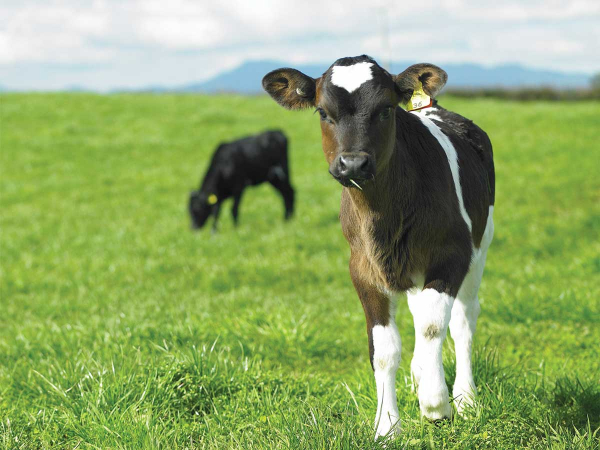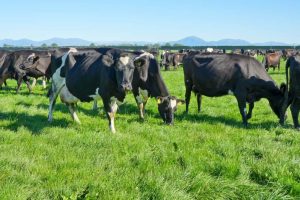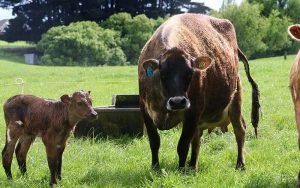
Most New Zealand regions are now calving or about to calve and if the good weather continues, the signs point to a good season.
But two regions – Manawatū and the West Coast of the South Island – have had contrasting conditions over the last six months.
Frano Volckman, Federated Farmers dairy chair for the West Coast, says his region has enjoyed a fantastic winter. Volckman runs nearly 900 cows on two farms at Karamea, the northern most part of the region. He says, right along the coast, farms are looking in good nick and everyone is doing pretty good going into calving.
He describes the weather as being ‘forgiving’ meaning it’s been dry and has allowed farmers to get well set up for calving.
“We have met our covers target and there has also been a huge amount of supplement produced which means that farmers have been able to use some of this and allow pasture to grow. The pastures right across the region are looking very healthy,” he told Dairy News.
Animal health in the West Coast region is also good, according to Volkman, but he notes that a small number of farmers received false negative tests for M. bovis through the bulk milk testing regime. He says the good news is that these came back negative.
“We know that the bulk milk test has such wide parameters and is so sensitive that it can throw a false positive. That is stressful when the farmer gets the initiatlly result, but thankfully things are okay now,” he says.
Volckman say there also appears to be a reduction in the number of West Coast herds testing for positive for TB. This has always been a problem in the region because many of the dairy farms back onto native bush where the main vector possums, are found.
“But a lot of work has been done to control possums and eradicate TB and obviously this work is paying off,” he says.
Cold, Wet in Manawatu
Not that far away as the crow flies, Richard McIntyre, Federated Farmers board member and national dairy chair, who farms just north of the Horowhenua township of Levin, has had a very challenging and costly time on his path to calving, which has jus begun.
The dry summer and autumn forced him to use an additional 700 bales of baleage and 150 tonnes of maize just to keep his cows in good condition for calving. He says he’s just had to write off the cost of this, because to not do so would have impacted on his pasture covers, calving and milk production.
The weather in the Manawatū region is normally cold and wet at this time of the year, but it seems the conditions have flipped with warm dry conditions prevailing. And the water table has also dropped, which is a bonus.
“So, we’ve had a sudden spurt of grass growth over the last month and a half, which has been really very good. Ground conditions are also good and hard and so we are getting very good utilisation and this is a great position to be in going into calving,” he says.
McIntyre says the good weather has seen pastures take off and most farmers have now reached their cover targets for calving. He says the milk flow has been good and there is hope for a good season.
“It’s interesting to note that often within a twelve-month period you’ll grow the same amount of grass, but you don’t always get it at the same time each year, and that’s the reality of the situation,” he says.
You can now read the most important #news on #eDairyNews #Whatsapp channels!!!
🇺🇸 eDairy News INGLÊS: https://whatsapp.com/channel/0029VaKsjzGDTkJyIN6hcP1K





















